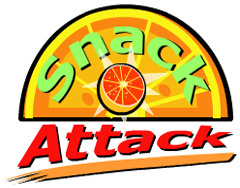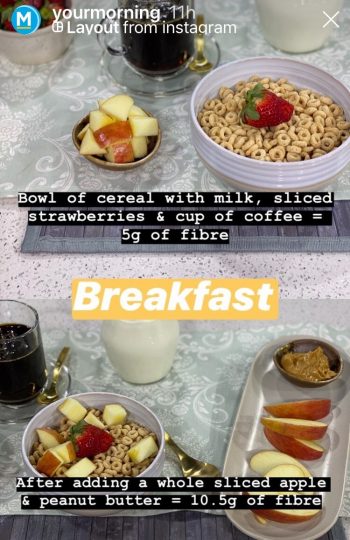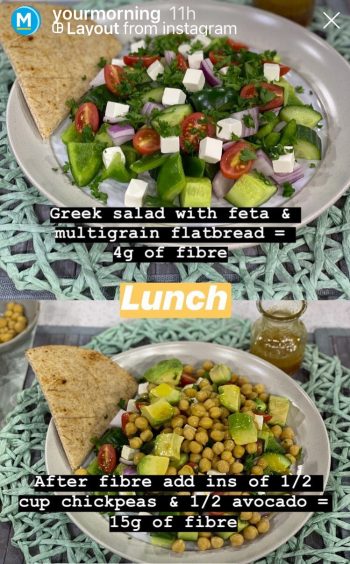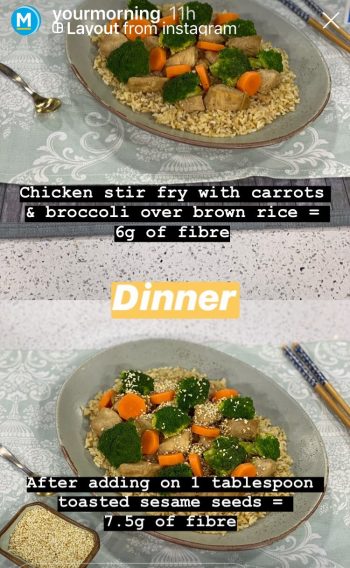 Canadians are snacking more than ever and their snacking habits will continue to rise in the foreseeable future. According to a recent report by US based Hartman group, 56% of people snacked three or more times a day. This is a significant increase from the 1990’s when only 20% cent of people said they snacked frequently.
Canadians are snacking more than ever and their snacking habits will continue to rise in the foreseeable future. According to a recent report by US based Hartman group, 56% of people snacked three or more times a day. This is a significant increase from the 1990’s when only 20% cent of people said they snacked frequently.
Today’s snacking revolution may be fuelled by changing lifestyles and demographics in which people don’t find the time to make full meals and prefer the simplicity of eating snacks. US consumer data found that 33% of adults eat an early morning snack, while 55 % have a mid-morning snack that includes portable items such as yogurt, baked goods and snack bars. The most common afternoon snacks were chips and fruit. Canadian kids are also big snackers with the average school aged child eating about 4 snacks a day to fill their hunger gap. Typical lunch box snacks include an apple, mini-carrots, mini-yogurt, snack bar and a treat such as a cookie, according to Canadian Grocer magazine.
The food industry has taken notice of the snacking trend as is evidenced by the growing number of snack food choices available in grocery stores and restaurants. Snacks can be a part of your healthy diet if you choose wisely. From a nutrition perspective, the quality and quantity of the snack matters! Consider our top tips for choosing healthy snacks:
- Make a snack that includes at least 2 of the 4 food groups in Canada’s Food Guide.
- Look for snacks that offer protein and fibre to help you feel full for longer.
- Reach for Mother Nature’s fast food – vegetables and fruit! They’re great snack options and generally, vegetables tend to contain less natural sugar than fruit.
- Read food labels. Look for snacks that contain 250 calories or less.
- Limit the salty and sweet snacks like chips, cookies and candy.




 Canadians are snacking more than ever and their snacking habits will continue to rise in the foreseeable future. According to a recent report by US based Hartman group, 56% of people snacked three or more times a day. This is a significant increase from the 1990’s when only 20% cent of people said they snacked frequently.
Canadians are snacking more than ever and their snacking habits will continue to rise in the foreseeable future. According to a recent report by US based Hartman group, 56% of people snacked three or more times a day. This is a significant increase from the 1990’s when only 20% cent of people said they snacked frequently.